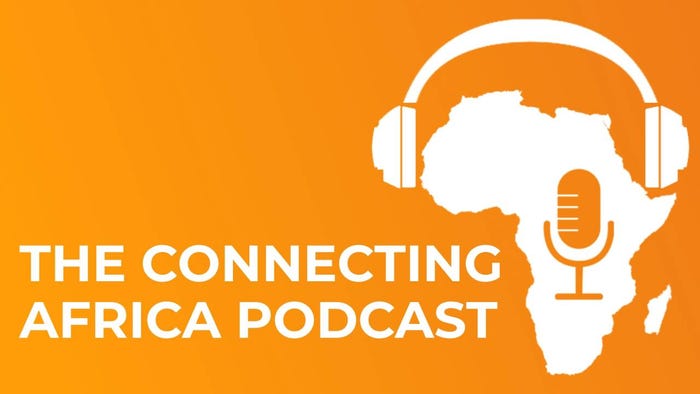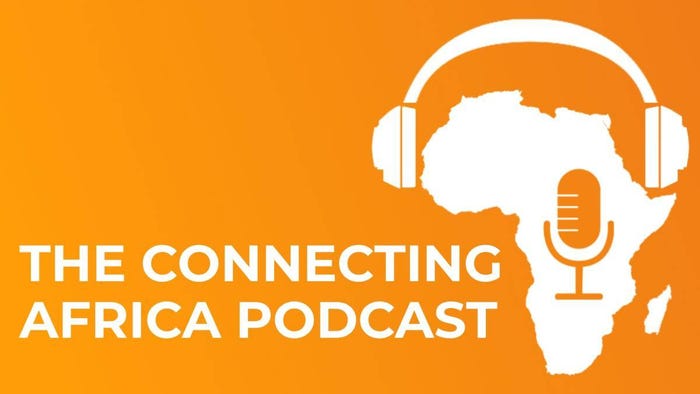Blackouts, high inflation force SA telcos to hike prices
Telecoms operators MTN and Telkom have announced price increases caused by South Africa's struggling economy as well as ongoing power blackouts.

Amid massive power blackouts in South Africa, local telecoms operators are working hard to ensure that mobile connectivity remains stable, but the cost of keeping networks up will soon start impacting users' wallets.
The blackouts are part of deliberate "load shedding" by state-owned power utility, Eskom, in an attempt to prevent the failure of the entire electricity grid.
The relentless power cuts are causing some telcos to hike their prices after already proactively spending billions of rands on backup power solutions for network stability. The blackouts have also increased the occurrence of theft and vandalism of telecoms infrastructure.
The ongoing power cuts are negatively impacting the South African economy and in February 2023 South African President Cyril Ramaphosa declared load shedding a national state of disaster.
Operators have in the past voiced their frustrations about how the country's frequent blackouts are negatively impacting their businesses.
Blackouts force MTN SA to hikes prices
Pan-African mobile operator MTN has announced that it will be hiking consumer subscription fees in South Africa by an average of 5.1% effective from April 1, 2023. The telco said that an increase in its input costs has been driven by load shedding and fuel usage.
However, installments on smartphones and other devices as part of contracts will not be affected by the fee increase.
"The impact of the inflationary environment has resulted in increased input costs, driven by load shedding and rising fuel usage, which have been further aggravated by ongoing battery theft and vandalism. All of this has compelled MTN to review its contract pricing," the telco said in a statement.
MTN explained that in some instances, the actual subscription fee increase may be higher than the average of 5.1%, with a maximum of 7.4%.
This mainly represents a R10 (US$0.55) increase from R135 ($7.44) to R145 ($7.99) on its Mega XS price plans.
Moreover, voice call rates per minute will also increase on average by 4% or a maximum of 10 SA cents ($0.0055) per minute whereas the out-of-bundle data and SMS rates have been significantly reduced to R0.25 ($0.014) per MB and R0.35 ($0.019) per message respectively.
"While these cost increases are unavoidable, we continue to invest in our network and battery rollout to ensure our customers enjoy the best connectivity in the country," said MTN SA's Chief of Consumer, Ernst Fonternel.

Rolling blackouts and high inflation have forced some South African mobile operators to increase prices. (Source: created by wayhomestudio - www.freepik.com).
"We remain committed to working with local authorities, communities and our partners to look for innovative solutions to tackle the relentless theft and vandalism of our sites across the country, which continue to increase our spend on repair and security," Fonternel continued.
Telkom follows suit, but blames high inflation
Telkom South Africa has also announced price increases for its mobile, DSL and voice portfolios – coming in on April 1, 2023 – and increases for fiber-to-the-home (FTTH) products in May 2023.
Telkom has blamed the increases on South Africa's high inflation rate as well as its struggling economy.
"With an inflation rate sitting at a record 13-year high, price increases are necessary and unavoidable to ensure long-term business sustainability. Like many other South African companies and enterprises, Telkom has been impacted by the pressures driven by prevailing macro-economic dynamics," the telco said in a statement.
"We understand price increases are never easy, and we want to assure our customers that we have done everything possible to minimize the impact on them," said Telkom Consumer and Small Business CEO, Lunga Siyo.
The operator's DSL and voice services will see an overall average increase of 8.4%, whereas its Yep! portfolio product will have a 7% average increase following a three-year price freeze, the telco noted.
It said fixed voice prices will increase by an average of 8.8%, encompassing all products related to line rental and calling plan tariffs.
An 8% average price increase will be implemented across all DSL products and FTTH products will increase by an average of 11% overall – this hike is mainly due to an increase in fees by Telkom's wholesale network operator.
"The country's economic challenges, including rising inflation, have made it necessary for Telkom to adjust prices to maintain the high level of service our customers have come to expect. The price increase also comes with continued improvement of our products, even in challenging times," Siyo added.
The telco's price increase comes after it recently announced that it was planning to lay off up to 15% of its workforce as part of a new restructuring program to cut costs.
Whether South Africa's other networks Cell C, Vodacom and Rain are planning similar price hikes is unclear. Connecting Africa contacted the three networks for comment but they did not respond by the time of publication.
SA's endless power problems
Load shedding is the deliberate shutdown of electric power in parts of the power distribution system as a way to prevent the failure of the entire system when capacity is strained.
State-owned power utility, Eskom, first came up with the system back in 2007 and since then South Africa has had to endure intermittent blackouts, with the number of blackouts increasing considerably in 2022 and 2023.
SA suburbs are turned off at different times – for two to four hours at a time – to try manage the overall power supply in the country. The higher the load shedding "stage" the greater the number of customers without electricity across the country and also the more frequently your power will be switched off each day.
At each stage, South Africa as a whole is forced to save 1,000 megawatts of power, so at Stage 2 the grid "sheds" 2,000MW of power and Stage 6 pushes that up to 6,000MW. If the system was to reach Stage 8 – the highest Eskom has planned for – it would mean that all South Africans would only have power for 50% of the day.
The country is currently on Stage 4 which increases to Stage 5 in the evenings. In 2022, South Africans endured more than 200 days of power cuts as opposed to 48 days in 2021.
The country's reserve bank has predicted that the country can expect more than 250 days of load shedding in 2023.
Blackouts are likely to continue for at least two more years while the power utility overhauls its electricity-generating fleet.
*Top image source: Image by Image by evening_tao on Freepik
— Matshepo Sehloho, Associate Editor, Connecting Africa
_(1).jpg?width=100&auto=webp&quality=80&disable=upscale)
_(1).jpg?width=400&auto=webp&quality=80&disable=upscale)
_(1).jpg?width=700&auto=webp&quality=80&disable=upscale)
.jpg?width=700&auto=webp&quality=80&disable=upscale)
.jpg?width=700&auto=webp&quality=80&disable=upscale)


.jpg?width=700&auto=webp&quality=80&disable=upscale)

